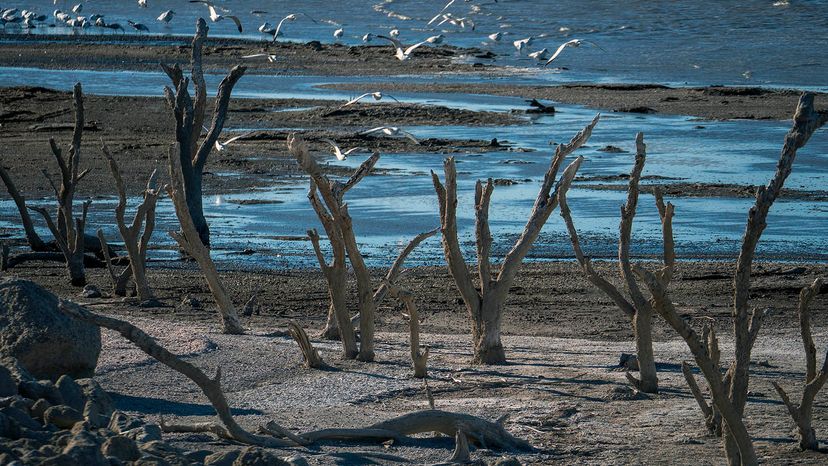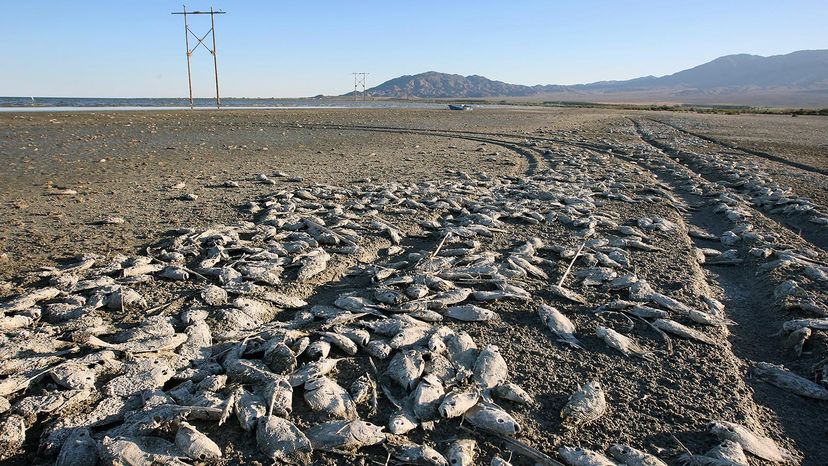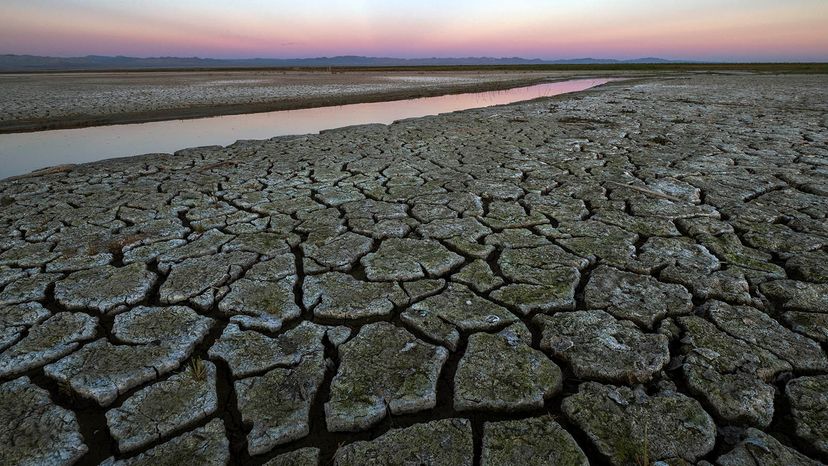Over the years, there have been several remediation proposals that promised to deal with the problems at the Salton Sea.
An editorial in the Los Angeles Times from March 2019 blames the government's lack of urgency, at least in part, on the lake's location: It's far away from the urban centers that policymakers in the state tend to focus on. In addition, it is close to the Mexican border and smack dab on the southern tip of the San Andreas Fault.
Congress passed the Salton Sea Reclamation Act directing the Secretary of Interior to prepare a feasibility study and submit it to Congress by Jan. 1, 2000 — but it never followed through. In 2003, then-governor Gray Davis signed the Salton Sea Restoration Act and Salton Sea Restoration Fund. But neither received funding.
Later in 2007, Sen. Barbara Boxer authorized the Army Corps of Engineers to spend up to $30 million on Salton Sea projects. But money wasn't appropriated until 2015, when the Obama administration included a measly $200,000 for yet another study.
By 2008, California's Legislative Analyst's Office refused to endorse the $8.9-billion Salton Sea plan prepared and released by the state in 2007. Later in 2008, Gov. Arnold Schwarzenegger signed a bill meant to accelerate the distribution of money for Salton Sea restoration. But ultimately the $8.9-billion plan failed, too.
It wasn't until January 2016 that the California legislature approved $80 million for the Salton Sea — the state's largest-ever allocation. And in February the U.S. Bureau of Reclamation said it would increase its annual spending from $300,000 to $3 million.
These announcements both came on the heels of California's Little Hoover Commission report, which urged state officials to "take immediate action on the Salton Sea" because of it was a "public health catastrophe."
But this money is just a drop in the bucket. California has since released another 10-year Salton Sea plan, which it expects will cost at least $383 million. The state is no longer focused on restoring the Salton Sea; it's too late for that.
The plan now is to mitigate damage to the habitat — and the people, birds and other animals living near and around it. But that will only happen if the plan is fully funded.
This article was updated in conjunction with AI technology, then fact-checked and edited by a HowStuffWorks editor.




